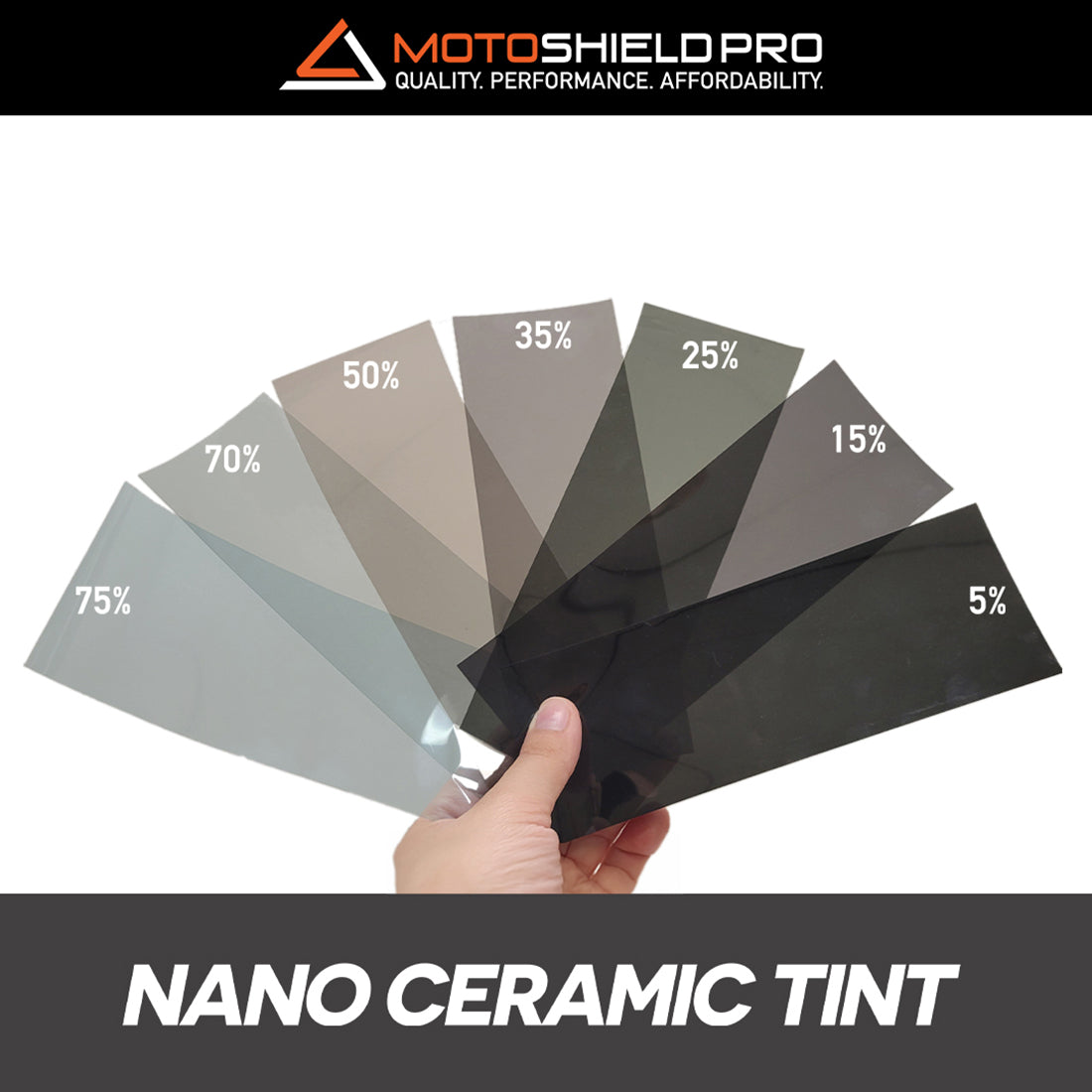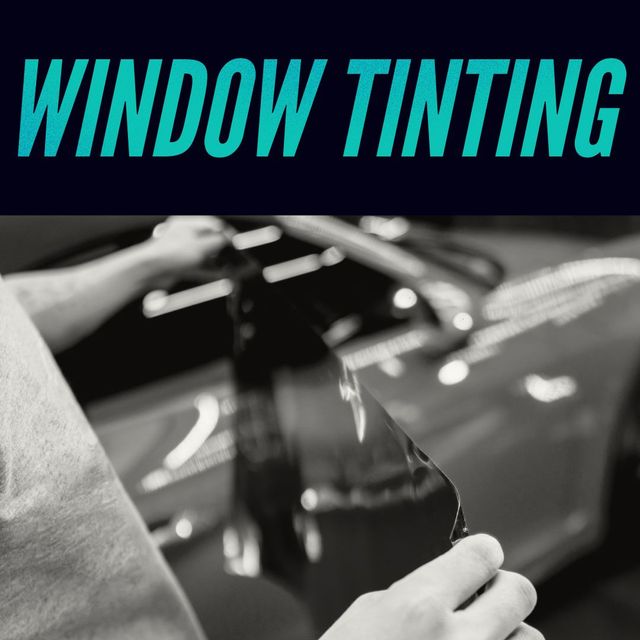How Car Window Tinting Keeps Your Automobile Cool in Hot Weather
Wiki Article
Window Tinting Laws and Guidelines: What You Need to Know Before Tinting Your Auto
Prior to proceeding with window tinting for your automobile, it is important to familiarize on your own with the diverse regulations and guidelines that control this method throughout different states. These laws dictate the permitted levels of color darkness, often gauged by visible light transmission (VLT) portions, and consist of particular specifications for front windshields intended at making certain roadway safety and security. Additionally, certain jurisdictions may supply medical exceptions for people with qualifying problems. Comprehending these complexities can conserve you from potential lawful implications, but what are the certain guidelines in your state?Review of Home Window Tinting Laws
Window tinting legislations are frequently subject to variant throughout various jurisdictions, showing neighborhood regulations and security considerations. These laws dictate the allowable degrees of tint darkness and reflectiveness on automobile home windows, guaranteeing that drivers maintain ample presence while likewise securing versus hazardous UV rays and heat.The majority of regulations categorize window tinting based upon the Visible Light Transmission (VLT) portion, which shows the quantity of light that can go through the home window. Normally, lower VLT percentages symbolize darker tints. Regulations commonly distinguish in between the front, side, and rear windows, with more stringent limitations put on the front windshield to enhance safety for both the chauffeur and other roadway users.
In addition, some jurisdictions impose restrictions on the reflectivity of the color, stopping excessive glare that can harm visibility. Exemptions to these regulations may exist for people with particular clinical conditions requiring extra sunlight protection. Compliance with home window tinting guidelines is vital, as violations can result in penalties, mandatory removal of the color, and potential increases in insurance policy premiums. Therefore, it is necessary for vehicle owners to familiarize themselves with regional legislations prior to proceeding with home window tinting installations.
State-by-State Color Laws
Comprehending the particular window tinting laws in each state is vital for vehicle proprietors looking for to abide by the legislation. Each state in the U.S. has actually developed its own set of guidelines regulating window tinting, which can vary significantly. These policies typically dictate the permitted levels of color darkness, the types of home windows that can be tinted, and any kind of medical exemptions that might use.For circumstances, states like California have rigid constraints on color darkness for front home windows, while others, such as New Mexico, might allow darker colors. In addition, specific states mandate details exposure percentages for numerous windows, consisting of the windscreen, front side home windows, and rear windows. It is crucial for cars and truck owners to familiarize themselves with their state's regulations to stay clear of prospective penalties or penalties.
Furthermore, some states might require an accreditation sticker to be put on tinted windows, indicating compliance with state legislations. Failure to stick to these guidelines not just risks lawful repercussions yet can also impact safety and security and exposure while driving. Therefore, automobile proprietors must carry out comprehensive study or get in touch with regional authorities to make sure full understanding and conformity with state-by-state color guidelines.
Allowed Tint Degrees and Kinds
Lots of car proprietors might be stunned to discover that permitted color levels and types differ extensively throughout different states. Each state has established its own policies concerning the permitted darkness and reflectivity of window tint, often measured by Visible Light Transmission (VLT) percents. VLT refers to the amount of light that can travel through the tinted windows; therefore, a lower portion indicates a darker tint.Additionally, the types of tint products allowed can differ, with some states prohibiting mirror-like or metal finishes. visit the website It is vital for car owners to acquaint themselves with their state's specific laws to make sure compliance. Non-compliance can cause fines, required elimination of the tint, or other lawful consequences, making it crucial to understand these policies before waging installment.
Medical Exemptions for Tinting
While not all states supply allocations for medical exceptions relating to window tinting, those that do acknowledge the requirement for specific individuals to enhance exposure and convenience due to clinical problems. Various clinical conditions, such as lupus, skin cancer cells, and particular eye conditions, can make individuals particularly sensitive to sunlight. Subsequently, these individuals may require darker tints to secure themselves from dangerous UV rays and glare.
It is very important to note that even with a medical exemption, there may still be limitations on the level of color permitted. Compliance with state regulations guarantees that individuals are both safeguarded and within legal limits. Those thinking about clinical exceptions should contact their regional Department of Electric motor Cars or equal authority to understand the procedures and requirements needed to look for an exemption properly.
Charges for Non-Compliance
Falling short to abide by home window tinting legislations can bring about considerable penalties, which vary by state. Regulation enforcement companies are encouraged to release citations for cars that do not abide by the defined tinting laws. These penalties usually include fines, which can range from modest total up to several hundred dollars, relying on the severity of the infraction and the state concerned.In some territories, duplicated offenses might result in escalating penalties or added fines, such as obligatory court looks. Furthermore, non-compliance might necessitate the elimination of unlawful tinting, often at the owner's expenditure. In extreme situations, regular culprits may deal with suspension of their automobile registration up until compliance is attained.
Furthermore, insurance implications might develop from receiving multiple citations for home window color offenses. Insurance companies may watch such offenses as a sign of riskier habits, potentially bring about enhanced costs or trouble in insurance coverage.
To avoid these penalties, it is vital for car owners to familiarize themselves with their regional home window tinting regulations and make certain that their lorry complies (Window Tinting). This positive approach not just avoids legal ramifications however likewise promotes roadway safety and security
Verdict

Many laws categorize window tinting based on the Visible Light Transmission (VLT) percent, which indicates the amount of light that can pass with the window. Conformity with window tinting policies is crucial, as offenses can result in fines, compulsory elimination of the color, and potential rises in insurance costs.Understanding the certain home window tinting laws in each state is essential for car visit our website proprietors seeking to abide with the legislation. These guidelines commonly dictate the allowable levels of tint darkness, the kinds of home browse around this site windows that can be tinted, and any type of clinical exemptions that may use.
For circumstances, states like The golden state have rigorous limitations on color darkness for front windows, while others, such as New Mexico, might permit darker colors.
Report this wiki page